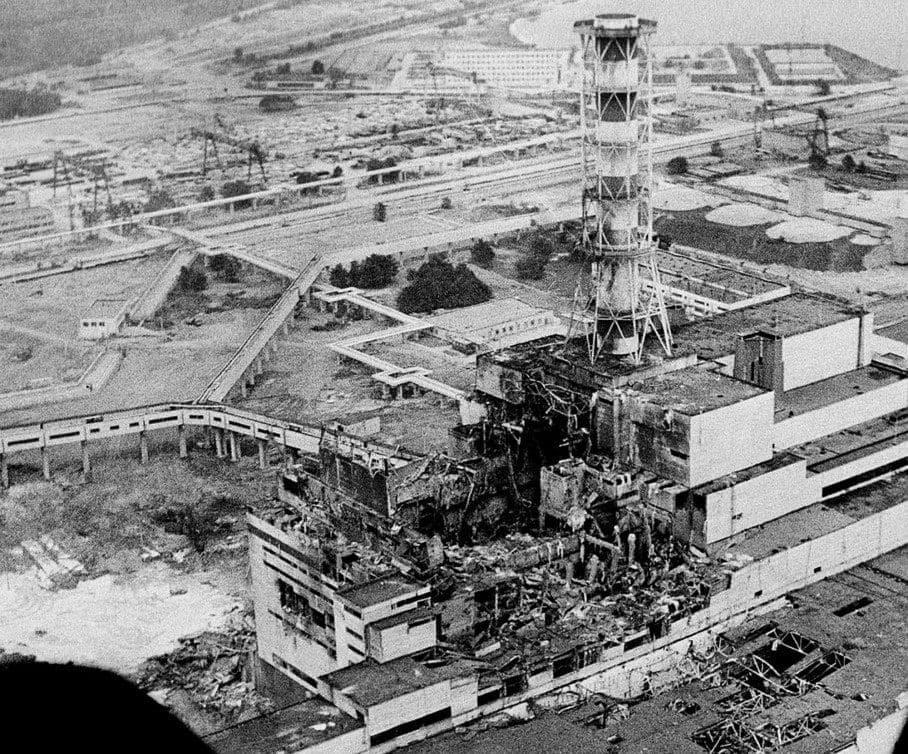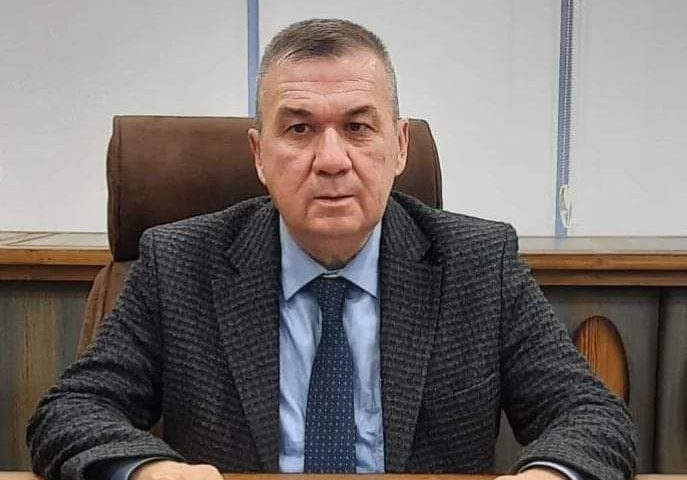In the early hours of April 26, 1986, a horrific explosion occurred at the Chernobyl Nuclear Power Plant in Ukraine, which many believe was the world’s worst nuclear disaster.
Even after years of scientific research and government investigations, there are still dozens of unanswered questions about the Chernobyl disaster, especially the long-term impact of the radiation leak on the health of those exposed to it.
Where’s Chernobyl?
According to the World Nuclear Association, the Chernobyl Nuclear Power Plant is located about 130 kilometers north of the Ukrainian capital Kiev and about 20 kilometers south of the Belarusian border. The plant consisted of four reactors designed and built during the 1970s and 80s. A man-made reservoir, roughly 22 square kilometers wide, was created, fed by the Pripyat River, to provide cooling water to the reactor.
The closest settlement to the plant was the newly established city of Pripyat, located just 3 kilometers below it and home to about 50,000 people in 1986. Chernobyl, a smaller, older city with a population of 12,000, was about 15 kilometers away. The main farms and woodlands left of the area.
- What Gives Water Its A corrosive Power?
- The family, who fled Mariupol by walking 75 miles, said: “The Russian soldiers did not treat us as enemies”
Nuclear power plant
The Chernobyl plant used four Soviet-designed RBMK-1000 nuclear reactors. Today, it is universally accepted that this design is flawed. The RBMK reactors consisted of a pressure pipe design that used enriched U-235 uranium dioxide fuel to heat the water to power reactor turbines and generate electricity.
In most nuclear reactors, water is also used as a cooler to remove excess heat and steam and reduce the reactiveness of the nuclear core. However, graphite was used in the RBMK-100 to reduce the reactiveness of the nucleus and provide a continuous nuclear reaction to the core. As the nuclear nucleus warmed up and created more steam bubbles, the nucleus became more reactive, not less, creating a positive feedback loop that engineers referred to as a “positive cavity coefficient.”
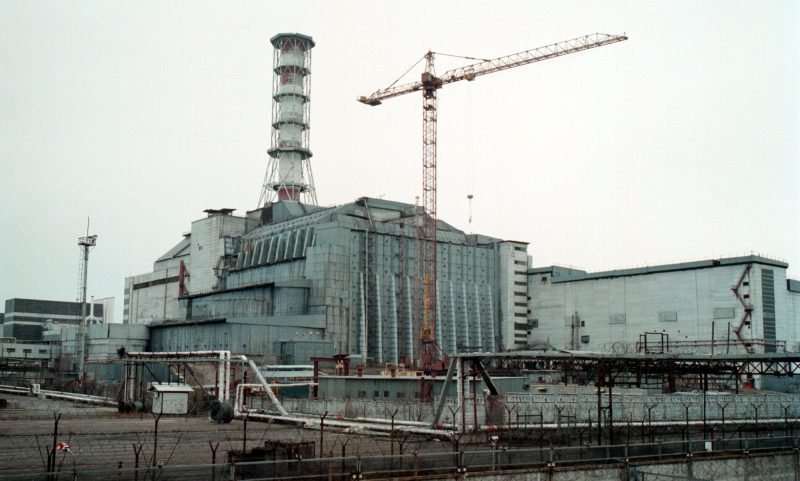
What’s wrong?
According to the United Nations Scientific Committee on the Effects of Atomic Radiation (UNSCEAR), the explosion occurred on April 26, 1986, during a routine maintenance check. Operators planned to test their electrical systems when they shut down the necessary control systems, going outside the safety regulations. This caused the reactor to reach dangerously unstable and low power levels.
Reactor 4 was shut down the previous day to carry out maintenance checks on safety systems for possible power outages, according to the Nuclear Power Agency. Although the debate over the actual cause of the explosion is still pending, the first explosion is thought to have been caused by excess steam and the second was caused by hydrogen. The excess steam was caused by reduced refrigerant, which caused the steam to accumulate in the refrigerant pipes, creating a gigantic wavelength that operators could not stop.
The explosions occurred at 1:23 a.m. on April 26, smashing reactor 4 and starting a rumbling fire. The fire spread from the building where reactor 4 is located to neighboring buildings, while a build-up of radioactive fuel and parts of the reactor rained down on the area. The wind carried toxic gases and dust into the environment.
Radioactive residue
Two plant workers were killed in the blast, the first to die in the early hours of the disaster. Over the following few days, the death toll was climbing as emergency crews struggled desperately to contain the fire and radiation leaks, while plant workers were unable to resist acute radiation sickness.
The first fire was extinguished at about 5 a.m., but it took 10 days and 250 firefighters to extinguish the graphite-fed fire. Although the fire was extinguished, toxic gases continued to be released into the atmosphere for another 10 days.
Most of the radiation released from the nuclear reactor was fission products iodine-131, cesium-134 and cesium-137. According to UNSCEAR, Iodine-131 has a relatively short lifesah of eight days, but with air it is quickly introverted and localized in the thyroid glands. Cesium isotopes, on the other hand, have a longer half-life and do not lose their effect for years after their release into the environment.
Pripyat’s evacuation began on April 27, about 36 hours after the disaster occurred. Until then, many residents of the city were already complaining of vomiting, headaches and other symptoms of radiation sickness. Authorities closed a 20-mile radius surrounding the plant on May 14, evacuating another 116,000 residents. Over the next few years, 220,000 people were advised to move to less affected areas.
Health effects
Twenty-eight employees died in the first four months following the disaster, including heroic workers who worked to protect the facility from other radiation leaks, knowing they were exposed to deadly radiation levels, according to the U.S. Nuclear Regulatory Board.
At the time of the disaster, the wind was blowing from the south and east, most of the radiation cloud moved northeast towards Belarus. However, the Soviet authorities were in no hurry to inform the world of the seriousness of the disaster. However, when radiation levels caused concern in Sweden three days later, scientists there were able to pinpoint the location of the nuclear disaster based on radiation levels and the direction of the wind, forcing soviet authorities to explain the crisis in its entirety.
In the three months following the accident, a total of 31 people died from radiation exposure or other direct effects of the disaster. Some 20,000 of the thyroid cases recorded in 1986 were observed in patients under the age of 18. Although cancer cases can be observed in emergency workers, evacuees and residents throughout their lifetimes, the known cancer-related mortality rate is directly associated with the lower radiation leak in Chernobyl than initially thought. Most of the five million people living in contaminated areas received small doses of radiation comparable to natural background levels. “Today, there is no strong link between the evidence available and the catastrophic and radiation-stimulated increase in leukemia or solid tumors.”
Some experts said the unprovoked fear of radiation poisoning caused more pain than the disease itself. For example, throughout Eastern Europe and the Soviet Union, many doctors have advised pregnant women to have abortions to avoid giving birth to children with birth defects or other ailments. According to the World Nuclear Association, the actual radiation level these women were exposed to was too low to cause any problems. In 2000, the United Nations published a report on the effects of the Chernobyl disaster, full of unscientific statements. The report was rejected by many authorities because of these false statements.
Environmental impacts
Shortly after radiation leaks occurred in Chernobyl, trees in the forests surrounding the plant were slaughtered due to high radiation levels. Since the slaughtered trees received a bright red color, the area began to become known as the “Red Forest”. The trees were eventually bulldozed and buried in pits.
The damaged reactor was hurriedly buried in a concrete crate with the intention of controlling the remaining radiation. Intense scientific debate about how effective this chest is is still ongoing and looks set to continue in the future. After the fixing of the existing chest, construction of a structure called The New Safe Coating began in late 2006. Designed to completely shut down reactor 4 and the crate surrounding it for at least 100 years, this 257-meter-wide, 162-meter-long, 108-meter-high structure was completed in 2017.
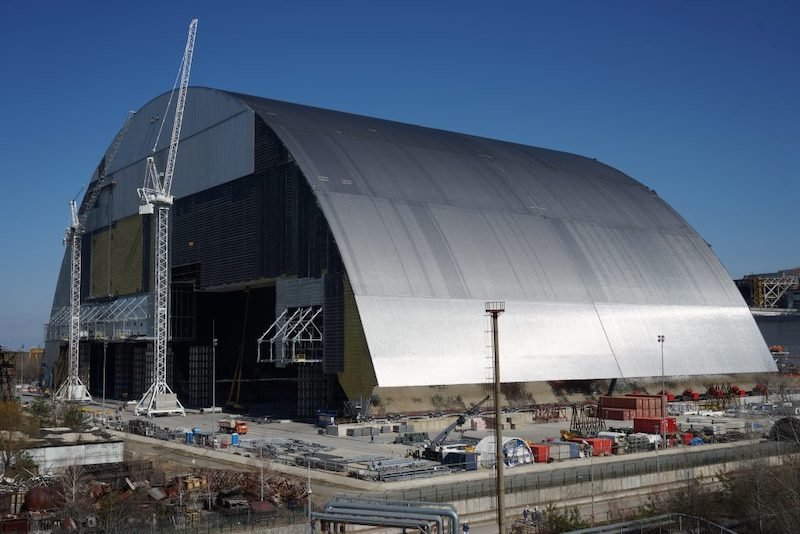
Despite contamination of the site and risks in operating a reactor whose design was severely flawed— the Chernobyl nuclear power plant continued to meet Ukraine’s power needs until its last reactor, reactor number 3, was shut down in December 2000. Reactors 2 and 1 were shut down in 1991 and 1996, respectively. A full decommissioning of the area is expected to be completed in 2028.
The plant covers an area of 2,600 square kilometers, with ghost towns Pripyat and Chernobyl and the surrounding area almost exclusively “restricted” by the entry of scientists and government officials.
Chernobyl today
Today, the region is home to a diversity of wildlife that spreads without human intervention, including restricted area. It has now been documented that there are populations of wolves, deer, lynxes, moles, eagles, moose, bears and other animals in the forests surrounding the now-quiet plant. However, it is also known that radiation effects are seen, such as stunted trees growing in high radiation regions and animals with high levels of cesium-137 in their bodies.
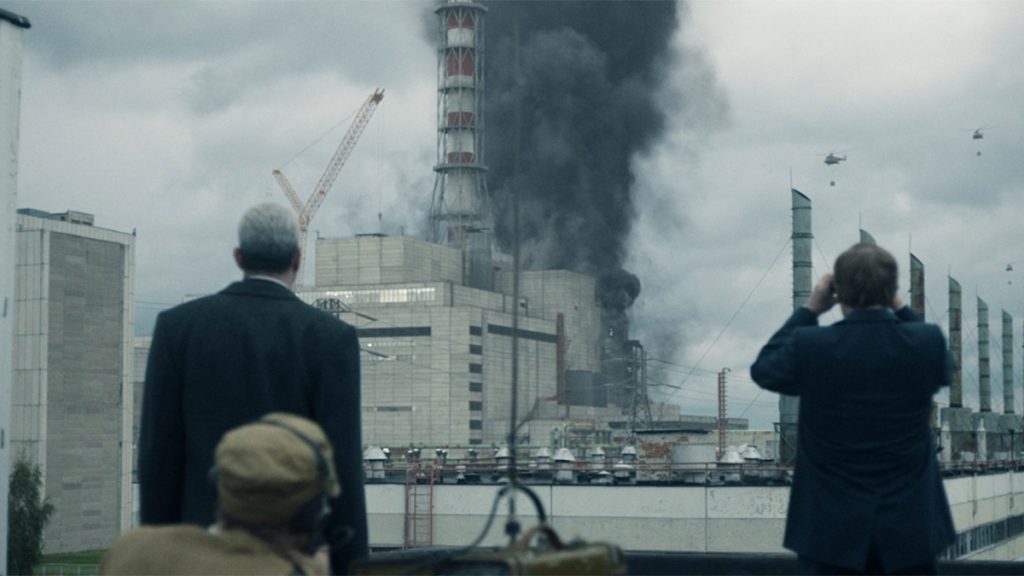
Although the area has been saved to a certain extent, it is still far from normal. However, people do not avoid relocating just outside the restricted area. Tourists continue to come to the area, and even thanks to the newly released HBO series, visits have reportedly increased by 30-40%.
This disaster at Chernobyl also led to some changes in the nuclear industry: the remaining RBMK reactors were modified to reduce the risk of another disaster, and many programs were established, including the International Atomic Energy Agency and the World Operators Association, as a direct result of Chernobyl. All over the world, experts are looking for ways to prevent nuclear disasters.

